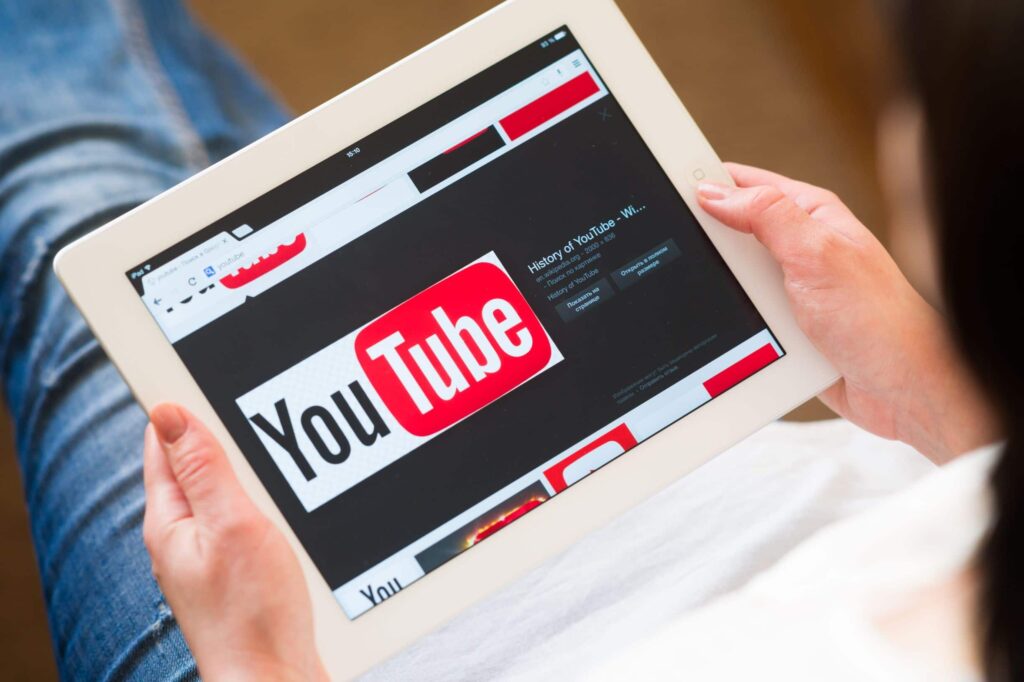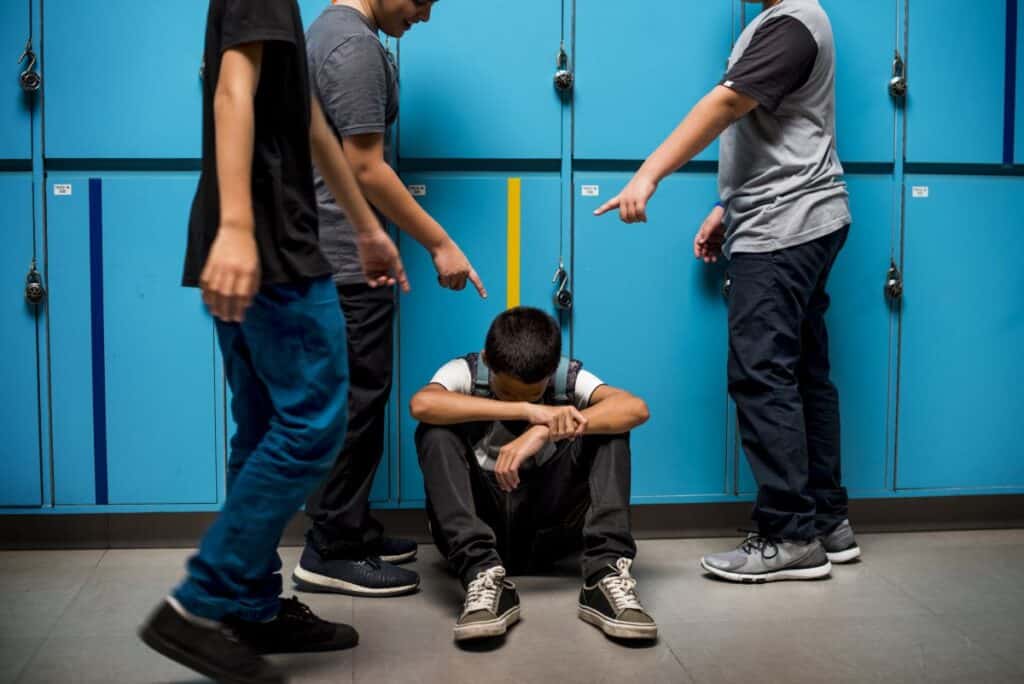How Far Can You Go with Caricatures? Explaining the Portrait Rights of Illustrations
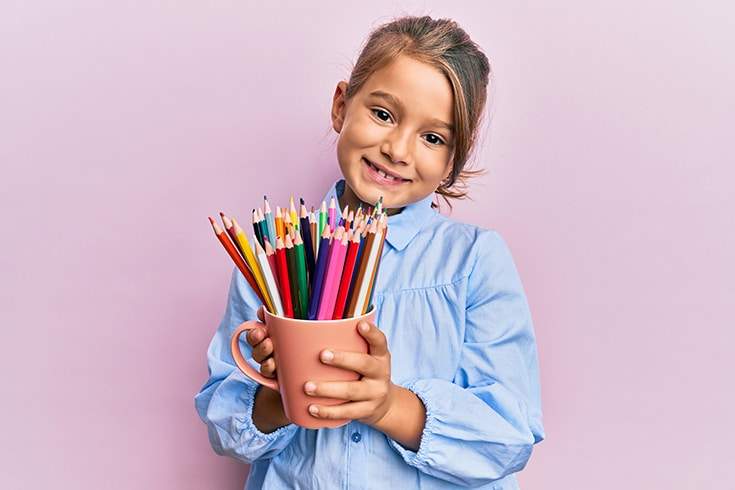
If someone posts photos or videos of you on social media or video sites without your permission, there is a possibility that your ‘Japanese right of publicity’ may be infringed.
So, what happens if someone draws an illustration or caricature of you and posts it? Should illustrations and caricatures be treated the same as photos and videos?
In this article, we will explain the relationship between illustrations, caricatures, and the ‘Japanese right of publicity’.
Photographs & Videos vs. Illustrations & Caricatures

There is a significant difference between photographs & videos and illustrations & caricatures.
This difference lies in the degree of reproduction of the subject. In photographs and videos, the subject is faithfully reproduced, as one would expect.
On the other hand, illustrations and caricatures range from those that faithfully reproduce the subject to those that are deformed, and the degree of reproduction of the subject is weaker compared to photographs.
Even if the degree of reproduction is lower in illustrations and caricatures than in photographs, can they infringe on the portrait rights or other rights of the person who served as the model?
We will explain about the infringement of portrait rights and other rights by these caricatures and illustrations.
About the Right of Publicity Regarding Portraits and Illustrations of Celebrities
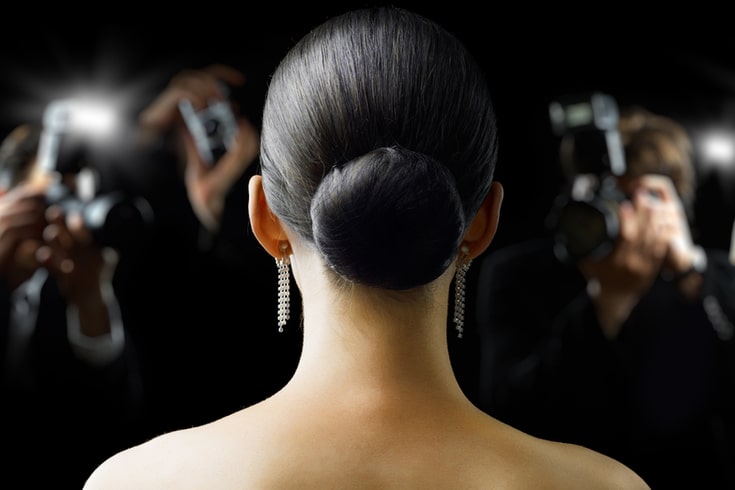
The right of publicity is the right to assert that one should not be photographed or have those photographs published without consent. Essentially, this is a right that everyone possesses.
On the other hand, celebrities such as entertainers, athletes, politicians, in other words, those in a social position as “public figures,” are considered to lose some of their privacy rights.
Those who have become public figures can be seen as consenting to the publication of articles about themselves. Therefore, in many cases, it is said that the use of a public figure’s likeness, whether in illustrations or photographs, is possible without the person’s permission.
However, for example, if someone takes a picture of a celebrity inside their home from outside and publishes it, even if they are a celebrity, it is not considered that they have consented to this regarding their purely private life, and it is not permitted.
Recently, there are also illustrators on social media who draw and publish caricatures of celebrities.
Since the privacy rights of public figures such as entertainers are partially restricted, the act of drawing these works itself is considered not to infringe on rights as long as it does not degrade the person’s honor or social credit within the scope of freedom of expression.
However, in this case, if you publish a caricature, there are other rights separate from the “right of publicity” to a celebrity’s likeness, and you may infringe on those rights.
In the following, we will explain about rights other than the right of publicity.
Copyright Infringement through Illustrations and Caricatures
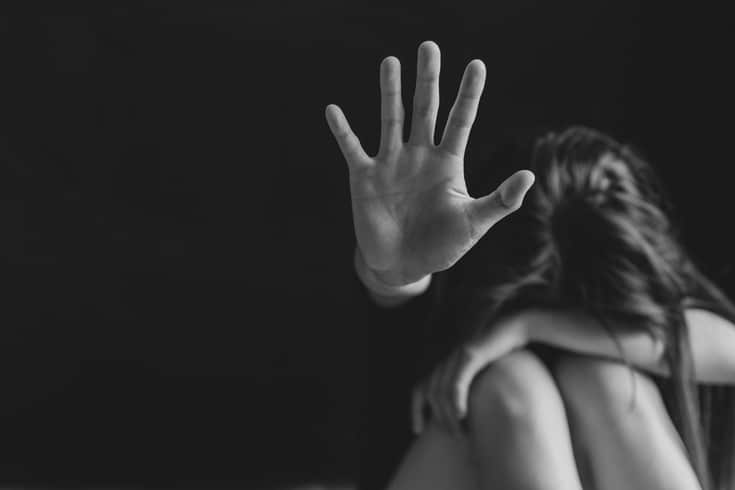
Caricatures and illustrations do not only infringe upon portrait rights, but they may also infringe upon publicity rights, privacy rights, and the right to honor.
Infringement of Publicity Rights
Portraits of actors, celebrities, and athletes have a beneficial effect (customer attraction) in product sales. This is considered a property value, and to prevent unauthorized use by others, it has been recognized as legally protected by precedent. This is known as the right of publicity.
In past precedents, it has been ruled that if the purpose is solely to utilize the customer attraction of the portrait, it constitutes an illegal infringement of publicity rights. (Supreme Court decision on February 2, 2012 (Heisei 24) – Pink Lady case)
- Using the portrait itself as an advertisement for a product that is independently appreciated
- Attaching the portrait to a product for the purpose of differentiating the product
- Using the portrait as an advertisement for a product
As a guideline, if the above does not apply, it is not an infringement of publicity rights, and even if you draw a caricature without the person’s permission and post it on SNS, the possibility of a problem is considered low.
Infringement of Privacy Rights and Right to Honor
The right to privacy is the right to protect personal matters such as one’s appearance and information.
Although it is not explicitly guaranteed under the Japanese Constitution, it is considered one of the basic human rights protected by the interpretation of Article 13 of the Constitution.
Therefore, when drawing illustrations or caricatures of celebrities, if you draw in a way that reveals their address, or unnecessarily expose information about their private life, it may constitute an infringement of privacy rights.
Next, the Supreme Court defines honor as “an objective evaluation received from society about a person’s personality, virtue, reputation, credit, etc.” (Supreme Court decision on June 11, 1986 (Showa 61), Minshu Vol. 40 No. 4 p.872).
In other words, the “objective evaluation received from society” about a person or company is their honor, and if it is lowered by someone’s expression, it constitutes an infringement of the right to honor.
Therefore, if you draw a satirical illustration that suggests someone has committed a crime, or something that lowers a person’s social evaluation, it may constitute an infringement of the right to honor.
As such, while the issue of portrait rights may be less likely to be a problem in the case of celebrities, it is necessary to draw illustrations and caricatures with attention to publicity rights, privacy rights, and the right to honor.
How Far Do Caricatures and Illustrations Fall Under the Right of Publicity?
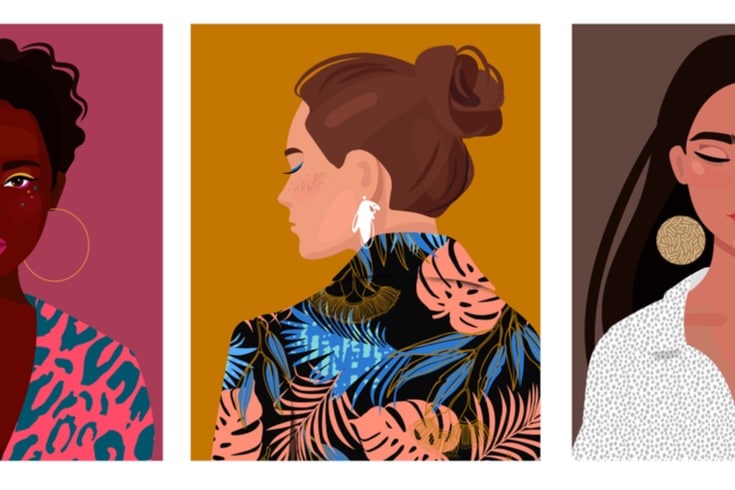
Illustrations and caricatures can be broadly divided into two categories: those that depict a person’s appearance and posture as they are, and those that the artist subjectively captures the personalityistics and consciously deforms.
If you realistically and accurately depict a person’s appearance and posture to the same extent as photographs and portraits, you may infringe on the right of publicity.
However, if the artist subjectively captures the personalityistics and consciously deforms them, the artist’s intention and technique are involved, and it has one aspect of the freedom of expression under Article 21 of the Japanese Constitution. Therefore, even if you depict the appearance and posture “as they are”, it does not infringe on the right of publicity.
Also, if the drawn illustration or caricature is quite small in the whole picture, it does not infringe on the right of publicity.
In the following, we will introduce cases where claims for infringement of the right of publicity and the right of honor were recognized and not recognized, based on precedents where damages were claimed for infringement of the right of publicity and the right of honor.
Photographs and Illustrations in Courtrooms & Portrait Rights
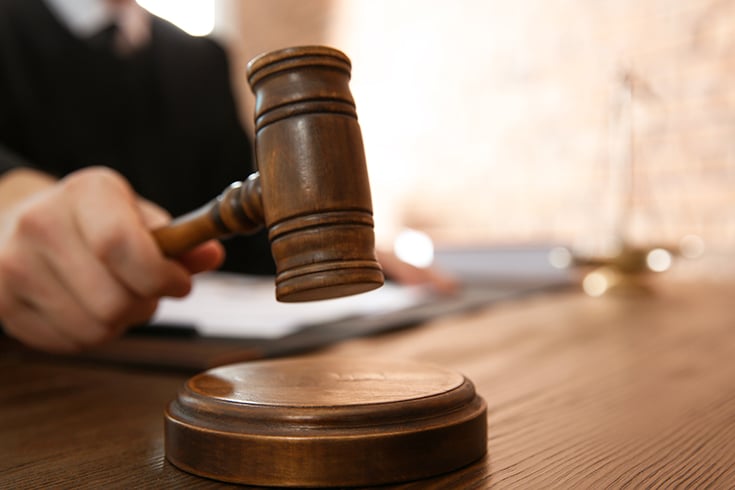
During the court proceedings of the “Wakayama Curry Poisoning Case”, a magazine photographer secretly brought a camera into the courtroom and took a photograph of the defendant in handcuffs and waist rope without the court’s permission and without the defendant’s consent.
Course of the Lawsuit (First and Second Cases)
As a result of this photograph being published in a weekly photo magazine, the defendant sued the magazine for damages for infringement of portrait rights (First Case).
The following week, in response to this lawsuit, the magazine provocatively published an article titled “What about a drawing?” which included three illustrations of the defendant instead of the photograph.
In this article, they made statements such as “You’ve always been one to pull off outrageous things” and “I hate to be vulgar, but if you do win the lawsuit, how do you plan to use the compensation money?”, and published an issue featuring an article that mocked the defendant.
In response to this, the defendant sued the magazine for damages for infringement of portrait rights and honor rights (Second Case).
Court’s Judgment on “Photographs” (First Case)
This dispute was taken all the way to the Supreme Court (Supreme Court Judgment, November 10, Heisei 17 (2005)). The conflict was between the public interest of news reporting and portrait rights.
The Supreme Court set the standard for the First Case as “whether the infringement of the above-mentioned personal interests of the photographed person exceeds the tolerable limit in social life”.
In other words,
- The social status of the photographed person
- The activities of the photographed person
- The location of the photograph
- The purpose of the photograph
- The manner of the photograph
- The necessity of the photograph
Considering various factors, it was determined that if the act of photographing and reporting is too harsh, it becomes illegal.
Then, pointing out the method of taking the photograph and the fact that it was a photograph of the defendant in handcuffs and waist rope, the court recognized the infringement of the portrait rights of the defendant (the photographed person) on the published photograph, stating that it “exceeds the tolerable limit in social life and infringes on the personal interests of the defendant (the photographed person)”.
Court’s Judgment on “Illustrations” (Second Case)
On the other hand, the judgment on the Second Case was divided depending on the content of the illustration.
The Supreme Court did not recognize the infringement of portrait rights, stating that the act of publishing in newspapers and magazines, etc., illustrations that depict the defendant’s movements and gestures in the courtroom, such as being shown documents by related parties and talking with gestures, is socially accepted and does not infringe on personal interests beyond the tolerable limit in social life.
In fact, it is not possible to take photographs in the courtroom during a trial without the permission of the presiding judge, so people called courtroom artists draw the proceedings.
It was considered the same as this, and the magazine probably made the same judgment and published the illustrations.
On the other hand, for those that depicted the defendant being restrained by handcuffs and waist rope, the act of publishing such illustrations in the weekly photo magazine as part of an article was considered to insult the defendant and infringe on the defendant’s sense of honor, and thus exceeded the tolerable limit in social life and infringed on the defendant’s personal interests. The court recognized the infringement of portrait rights and honor rights.
Also, the Supreme Court stated about the illustrations,
It is reasonable to understand that a person has a personal interest in not having an illustration that depicts his or her appearance, etc., arbitrarily published.
Supreme Court Judgment, November 10, Heisei 17 (2005)
An illustration that depicts a person’s appearance, etc., reflects the author’s subjectivity and technique in its depiction, and when it is published, it is received on the premise that it reflects the author’s subjectivity and technique.
Therefore, in judging whether the act of publishing an illustration that depicts a person’s appearance, etc., exceeds the tolerable limit in social life and is illegal under the tort law, the above-mentioned personalityistics of the illustration, which are different from a photograph, must be taken into account.
Thus, while recognizing that portrait rights arise for illustrations that depict a person’s appearance, etc., just like photographs, the Supreme Court stated that photographs that reproduce a person’s appearance, etc., by chemical methods, etc., and illustrations that reflect the author’s subjectivity and technique in their depiction have different personalityistics, and these must be taken into account.
In this case, even considering the personalityistics of the illustration, it is a judgment that the infringement of portrait rights is established because it insults a person and infringes on the sense of honor.
Related Article: What is the relationship between defamation and infringement of portrait rights? Introducing examples and court cases
Related Article: Explaining the standards and process for claiming damages for infringement of portrait rights
Caricatures and Portrait Rights

A case occurred where a university lecturer, the plaintiff, claimed that his reputation was defamed and his portrait rights were violated in a comic drawn by the defendant and published in a magazine and book issued by the defendant’s company. The plaintiff sought damages based on tort law.
Background of the Lawsuit
The plaintiff had previously published a book criticizing the defendant, a comic artist.
The defendant comic artist, in response to his comics being quoted numerous times in the book, wrote in his own comic published in the magazine and book:
- “He’s stealing and misusing my drawings without permission”
- “Thief”
- “A thieving book that infringes copyright”
- “He’s doing dirty business”
The plaintiff claimed that these statements made the general readers perceive that the plaintiff had committed copyright infringement similar to theft, and that the comic in question lowered his social reputation and defamed his honor.
Furthermore, the defendant drew a caricature of the plaintiff and criticized him. The plaintiff argued that people have the right not to have their portraits created or published without their consent as a personal interest, and since caricatures also fall under information related to portraits and appearances, it is illegal to publish someone’s caricature in a comic without permission. He sued for violation of portrait rights.
Judgment of the Court
First, regarding defamation, the court stated that the expressions in question all lowered the plaintiff’s social reputation and defamed his honor. However, the plaintiff’s expressions were interpreted as “claiming copyright infringement,” which should be considered defamation by opinion or criticism. The court stated that the facts underlying this were true in important aspects.
Then, looking at the context of the entire comic, the court stated that in this case, it could not be evaluated as exceeding the scope of opinion or criticism, such as personal attacks on the plaintiff, and lacking appropriateness. As a result, although the expression itself lowered the plaintiff’s social reputation, it lacked illegality, and the court did not recognize a violation of the right to honor.
Next, regarding portrait rights, the court stated:
“The act of violating portrait rights should be understood as the act of recording a person’s appearance or posture as it is, such as taking a photograph or video, and the act of publishing information recorded in these ways. Unlike photographs and video recordings, which mechanically record the subject, painting involves the subjective and technical intervention of the author. Except for cases where the subject’s appearance or posture is realistically and accurately depicted to the same degree as a photograph, such as in a portrait, it is difficult to say that a caricature, which captures the personalityistics subjectively through the author’s technique, allows the acquisition of information about the person’s appearance or posture and its publication. Even if a tortious act infringing other personal interests such as the right to honor and privacy may be established, it should not be considered a violation of portrait rights.”
Tokyo District Court, May 28, 2002 (Heisei 14)
Therefore, unless it is easy to identify a specific person by the caricature itself, it is difficult to say that “the person’s appearance or posture information has been obtained and published,” so it is not a violation of portrait rights.
In this case, the caricature was drawn based on a photograph of the plaintiff’s face, but it was not intended to accurately represent the plaintiff’s appearance or posture. It was considered appropriate to view it as a caricature that subjectively captures features through the defendant comic artist’s technique, like other personalitys. Therefore, it was not immediately identifiable as the plaintiff by the caricature itself, and it was not recognized as violating the plaintiff’s portrait rights.
How to Deal with Infringement of Portrait Rights in Illustrations and Caricatures

Portrait rights infringement is not defined by law, so it is not a crime and you will not be arrested. However, it is possible to request removal as an injunction or to claim damages.
When requesting removal as an injunction, you generally start by making a request to the site administrator.
The criteria vary depending on the site, but if you can prove that the person in the picture is you and provide a reason for wanting it removed, there is a high likelihood that the request will be complied with.
If the publication is not stopped, you can apply to the court for a provisional disposition order to temporarily remove the post.
Also, if you want to claim damages from the poster, you will need to follow the steps below:
- Request for IP address disclosure to the site operator
- Request for sender information disclosure to the provider
- Calculation of damages
- Negotiation for settlement or litigation with the sender (poster)
Since it is not known who the poster is, you first need to obtain information about the poster.
Once the information is identified, you can notify the poster and move on to settlement negotiations, or make claims in court.
Summary: Consult a Lawyer if You Wish to Claim Damages for Portrait Rights Concerning Caricature

As seen from the above judgments, if a caricature that subjectively captures features is posted, the likelihood of recognizing a violation of the right of publicity (Japanese ‘Shouzouken’) is low.
If we broadly acknowledge the infringement of the right of publicity by caricatures, expressing specific individuals in caricature could potentially become illegal in principle, which could excessively restrict freedom of expression.
On the other hand, if the intention is to accurately represent the appearance or posture of the subject, there is a possibility of infringing the right of publicity.
Even if it does not constitute an infringement of the right of publicity, it is necessary to be cautious as there is a possibility of establishing a tort due to the infringement of personal interests such as the right to honor (Japanese ‘Meiyouken’) and the right to privacy.
The judgment of the right of publicity is highly specialized. With the spread of SNS, anyone can easily post caricatures, and cases of infringement of the right of publicity are rapidly increasing. It is dangerous to leave the right of publicity unattended.
And when you want to take some legal action, as mentioned above, the procedure is very specialized, and it is difficult to judge whether or not rights are being infringed, so it is advisable to consult with an expert at least once.
Measures Provided by Our Firm
With the proliferation of smartphones and the development of social media, leaving a situation where portrait rights are infringed upon unchecked could lead to widespread dissemination, potentially causing serious damage known as a “digital tattoo”.
Our firm provides solutions to the “digital tattoo” problem. Details are described in the article below.
Category: Internet

